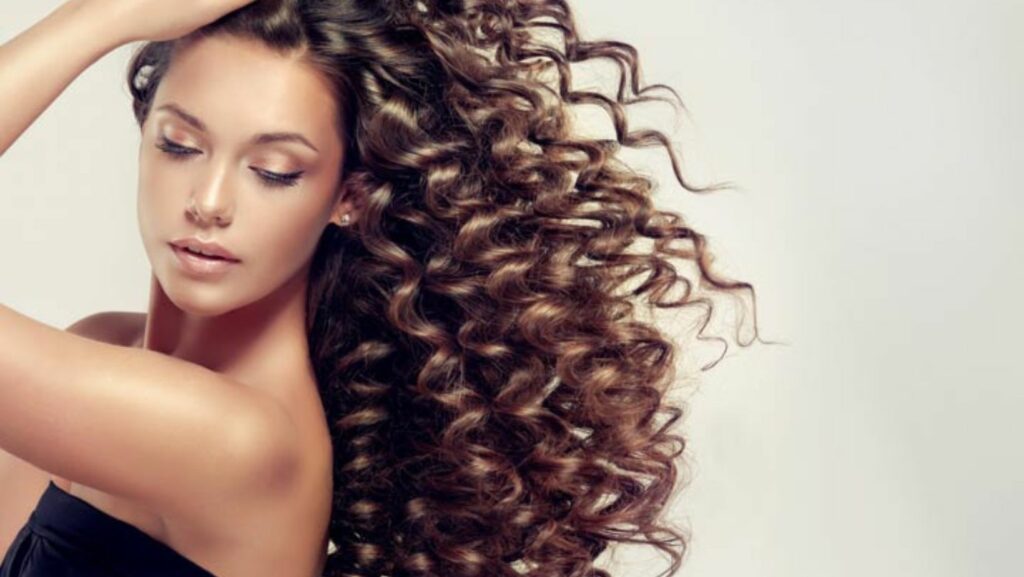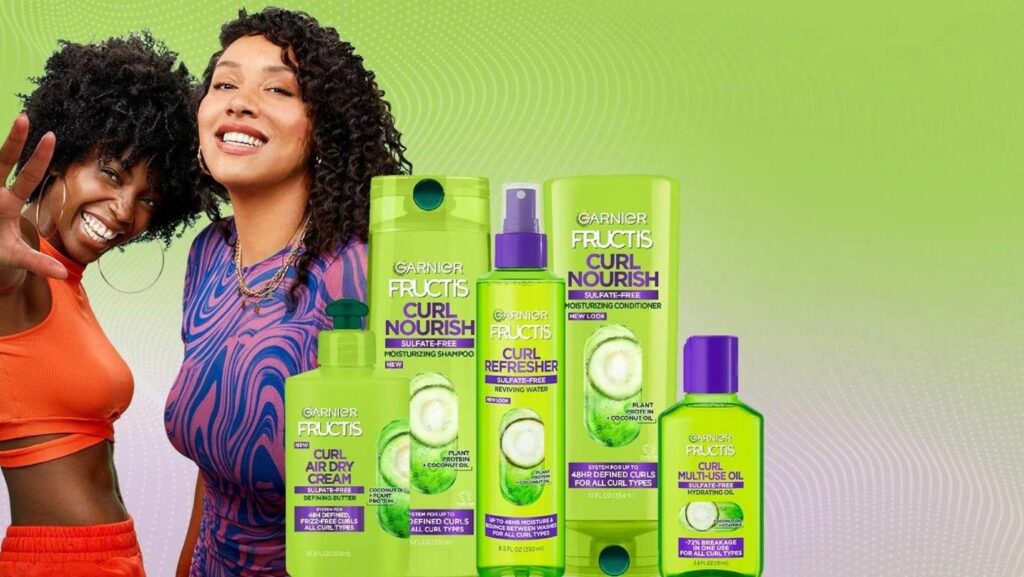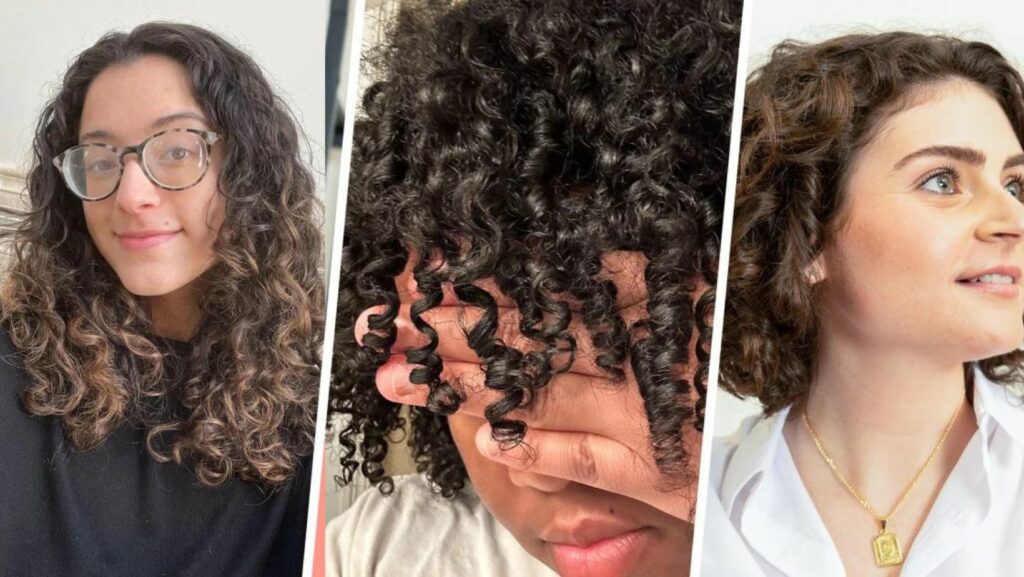Hair Care for Curly Hair
As an expert in hair care, I understand the unique challenges that come with managing CURLY HAIR. Curly hair requires special attention to maintain its health and vibrancy. From selecting the right products to adopting proper styling techniques, caring for curly hair is a journey that involves trial and error.

One of the key aspects of hair care for curly hair is MOISTURE. Curly hair tends to be drier than straight hair due to its S-shaped structure, which makes it difficult for natural oils to travel down the strands. To combat dryness and frizz, incorporating MOISTURIZING products such as leave-in conditioners and oils can help nourish and hydrate curly locks.
In addition to moisture, hair care for curly hair finding the right STYLING PRODUCTS is essential for enhancing curls and reducing frizz. Curly hair benefits from products specifically designed for curls, such as curl-enhancing creams or gels. For those seeking Insights for Self-Improvement, experimenting with different products and techniques can be a rewarding journey to discover what works best for your unique curl pattern.
Understanding Curly Hair Types
When it comes to understanding CURLY HAIR TYPES, it’s essential to recognize that not all curls are the same. Each hair type has its characteristics and requires specific care routines for optimal health and appearance.
As we delve into the diverse world of curly hair, we encounter various classification systems used to categorize different curl patterns. One commonly referenced system is the Andre Walker Hair Typing System, which classifies CURLY HAIR INTO FOUR MAIN CATEGORIES: Type 2 (wavy), Type 3 (curly), and Type 4 (coily). Within each category, there are subtypes that further define the shape and texture of curls.

Another popular method for identifying CURLY HAIR TYPES is the LOIS system, which considers factors like curl diameter, density, and strand size. Understanding these distinctions can help individuals tailor their hair care routine to meet the specific needs of their unique curl pattern.
It’s important to note that CURLY HAIR TYPES can vary widely even within the same classification. Factors such as humidity, porosity, and styling practices can influence how curls behave and appear. By taking the time to understand your hair type and its characteristics, you can make informed decisions about products and techniques that will best enhance your natural curls.
In conclusion, embracing the diversity of CURLY HAIR TYPES allows us to celebrate the beauty of natural hair in all its forms. By educating ourselves on different curl patterns and how to care for them effectively, we empower individuals to embrace their unique texture with confidence and style.
Essential Hair Care Tips for Curly Hair
When it comes to caring for CURLY HAIR, the right approach can make all the difference. Here are some essential tips that I’ve gathered through years of experience and research:

Embrace Your Natural Texture
- Love YOUR CURLS just as they are. Embracing your natural texture is the first step to proper hair care.
- Avoid trying to alter your curls with excessive heat styling or chemical treatments.
Moisturize Regularly
- Curly hair tends to be drier due to its structure, so MOISTURIZING is key.
- Use hydrating shampoos and conditioners specifically formulated for curly hair types.
Gentle Handling
- Treat your curls with care – avoid aggressive brushing or combing when wet as it can cause breakage.
- Opt for a wide-tooth comb or even better, finger detangling when dealing with knots.
Protective Styling
- Consider protective styles like braids or buns to minimize manipulation and protect your curls from damage.
- Use silk or satin pillowcases and scrunchies to reduce friction while sleeping.
Regular Trims
- Keep split ends at bay by scheduling regular trims every few months.
By incorporating these TIPS into your hair care routine, you’ll be on your way to healthier, happier curls in no time!
As we wrap up our discussion on hair care for curly hair, it’s essential to emphasize the importance of understanding your unique curls and tailoring your routine to meet their specific needs. By following the tips and strategies outlined in this article, you can embark on a journey towards healthier, more manageable curls.

